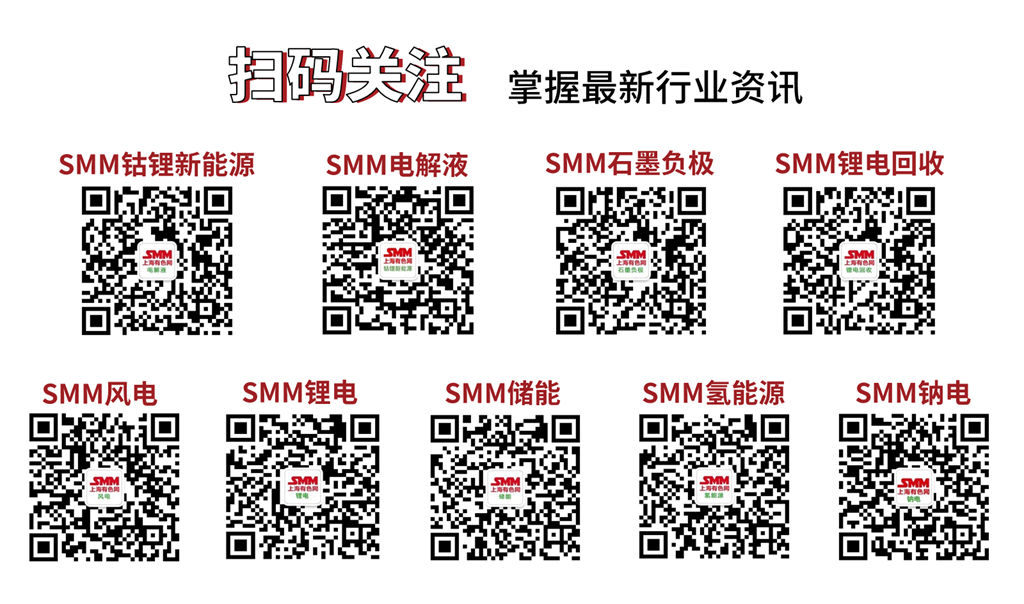






In July 2025, Inner Mongolia Jianheng Aoneng Technology Co., Ltd. held a commencement ceremony at the Dalateqi Economic Development Zone, announcing the official mass production of its technologically advanced 720V high-voltage solid-state sodium salt batteries. This marks China as the third country globally, after the US and Europe, to achieve commercial mass production of sodium salt batteries. It also signifies that Jianheng Aoneng will become the world's largest and most automated solid-state sodium salt battery production site in the future.
Jianheng Aoneng's sodium salt battery technology originated from the long-term R&D efforts of the Shanghai Institute of Ceramics, Chinese Academy of Sciences. In 2014, Shanghai Aoneng Ruila Energy Technology Co., Ltd. collaborated with the institute to initiate the industrialisation of sodium-nickel batteries, successfully adopting solid-state ceramic electrolyte technology to develop high-safety, high-energy-density 720V high-voltage sodium salt batteries. The technology completed pilot-scale and medium-scale trials in 2017 and officially settled in Dalateqi, Inner Mongolia, in August 2023, entering the stage of large-scale mass production.
Compared with traditional liquid electrolyte batteries, solid-state sodium salt batteries offer advantages such as high-temperature resistance, long lifespan, and high safety, making them particularly suitable for large-scale energy storage, power grid peak shaving, and renewable energy integration.
The total investment in the Jianheng Aoneng project is 3.5 billion yuan, to be constructed in three phases, ultimately forming an annual production capacity of 3GWh:
Phase I (2024-2025): Investment of 500 million yuan to build a system integration and assembly production line, with an annual production capacity of 300MWh and an expected annual output value of 1 billion yuan;
Phase II (2025-2026): Investment of 1.2 billion yuan to expand into ceramic battery cell and entire industry chain production, increasing annual production capacity to 1.5GWh and cumulative annual output value to 3 billion yuan;
Phase III (2026-2027): Investment of 1.8 billion yuan to construct the entire industry chain from electrolytes, battery cells to ESS power stations, with a total production capacity of 3GWh, an annual output value of 6 billion yuan, and an expected annual profit and tax of 780 million yuan.
After the full commissioning of the project, Jianheng Aoneng will become a leading enterprise in the global solid-state sodium salt battery sector, driving the development of the local supply chain in Inner Mongolia and assisting Ordos in building a demonstration zone for a "generation-grid-load-storage integrated" new-type power system.
As an important energy base in China, Inner Mongolia has been accelerating its transition to clean energy in recent years. The establishment of Jianheng Aoneng not only fills the gap in high-end energy storage battery manufacturing in the autonomous region but also promotes the coordinated development of wind and solar power generation with energy storage, enhancing power grid stability.
A relevant person in charge from the Administrative Committee of Dalate Economic and Technological Development Zone stated, "This project is a crucial support for the autonomous region's 'dual carbon' strategy. In the future, it will attract more enterprises in the new energy industry chain to gather, forming an industrial cluster effect."
With the explosive growth of the global energy storage market, sodium salt batteries are regarded as an important direction for the next generation of energy storage technology due to their abundant resources and cost-controllable advantages. The mass production breakthrough of Jianheng Aoneng not only enhances China's discourse power in the global energy storage industry but also provides a new "Chinese solution" for global energy transformation.
SMM Interpretation:
The mass production of Jianheng Aoneng marks that China's capabilities in the entire chain of technology R&D - pilot testing - mass production are on par with those of Europe and the US. Currently, there are five enterprises globally, including Jianheng Aoneng, with projects on solid-state sodium salt batteries. However, commercial success still requires reducing costs to below 0.4 yuan/Wh through a 3GWh capacity.
The following is the progress of solid-state sodium salt battery projects in various countries around the world.
1. General Electric (GE) of the US
Technology route: Adopts the sodium-nickel chloride (Na-NiCl₂) system, which belongs to high-temperature solid-state sodium salt batteries (operating temperature 250-350℃), with β-alumina ceramic as the electrolyte.
Commercial progress: Durathon battery: Launched by GE in the early 2010s, mainly used for industrial energy storage and backup power supplies for telecom base stations. After 2015, it gradually withdrew from commercialization and shifted to technology licensing (such as licensing to South African company Blue Horizon).
Current status: GE's current focus has shifted to flow batteries and hydrogen energy, but it retains patents for high-temperature sodium salt batteries and may restart through cooperation in the future.
Features: Long cycle life (over 10,000 cycles), resistant to extreme temperatures, but the high-temperature system requires additional energy consumption for maintenance, limiting its application in consumer markets.
2. FZ SoNick of Italy
Technology route: Develops sodium-iron chloride (Na-FeCl₂) medium-temperature solid-state batteries (operating temperature 150-200℃), with sodium superionic conductor (NASICON) as the electrolyte.
Commercial progress: Mass production began in 2018 in cooperation with Swiss company Leclanché, used for European household energy storage and microgrid projects, such as the PV+ESS integration pilot in Sicily, Italy. In 2023, it upgraded and launched modular battery packs, with energy density increased to 150Wh/kg (close to that of LFP batteries) and costs reduced to below $100/kWh.
Features: Extremely high safety (completely non-flammable), suitable for distributed energy storage, but energy density is still lower than that of mainstream lithium batteries.
Technology route: Sulphide-based solid-state sodium salt batteries (operating at room temperature).
Commercial Progress: Trial mass production began in 2022, with the establishment of the world's first sulphide solid-state sodium battery pilot line, boasting a capacity of approximately 100 MWh/year. Priority is given to hybrid electric vehicles (such as the next-generation Prius models) and energy storage base stations. Expansion is planned for 2024, with a joint venture factory with Panasonic coming into operation, aiming to reduce costs to $80/kWh by 2027 (30% lower than lithium batteries).
Core Advantages: Operates at room temperature without the need for a heating system, suitable for both consumer electronics and automotive applications; the sulphide electrolyte achieves an ionic conductivity of 10⁻³ S/cm (close to that of liquid electrolytes).
Challenges: High air sensitivity, leading to increased packaging costs; cycle life needs to be improved from the current 2,000 cycles to over 5,000 cycles.
Technology Route: Oxide-based solid-state sodium salt battery (coupled with a sodium metal anode)
Commercial Progress: Sample delivery in 2023: Provided the first batch of automotive-grade solid-state sodium batteries to Volkswagen, with an energy density of 350 Wh/kg (20% higher than current lithium batteries), for testing in ID. series EV models. Mass production is planned for 2025: The California factory will commence operations, with a planned capacity of 2 GWh/year, targeting the high-end EV market.
Core Advantages: Supports 12-minute fast charging (0-80%); no dendrite formation, ensuring excellent safety.
Challenges: The oxide electrolyte is highly brittle, with a mass production yield of only 65%; the cost is as high as $150/kWh, necessitating economies of scale for cost reduction.
Note: For any supplementary information on the details mentioned in this article or for inquiries about the development of solid-state batteries, please feel free to contact us at the following:
Phone: 021-20707860 (or WeChat: 13585549799) Yang Chaoxing, thank you!


SMM New Energy Research Team
Wang Cong 021-51666838
Ma Rui 021-51595780
Feng Disheng 021-51666714
Lv Yanlin 021-20707875
Zhou Zhicheng 021-51666711
Wang Zihan 021-51666914
Zhang Haohan 021-51666752
Wang Jie 021-51595902
Xu Yang 021-51666760
Chen Bolin 021-51666836
For queries, please contact Lemon Zhao at lemonzhao@smm.cn
For more information on how to access our research reports, please email service.en@smm.cn